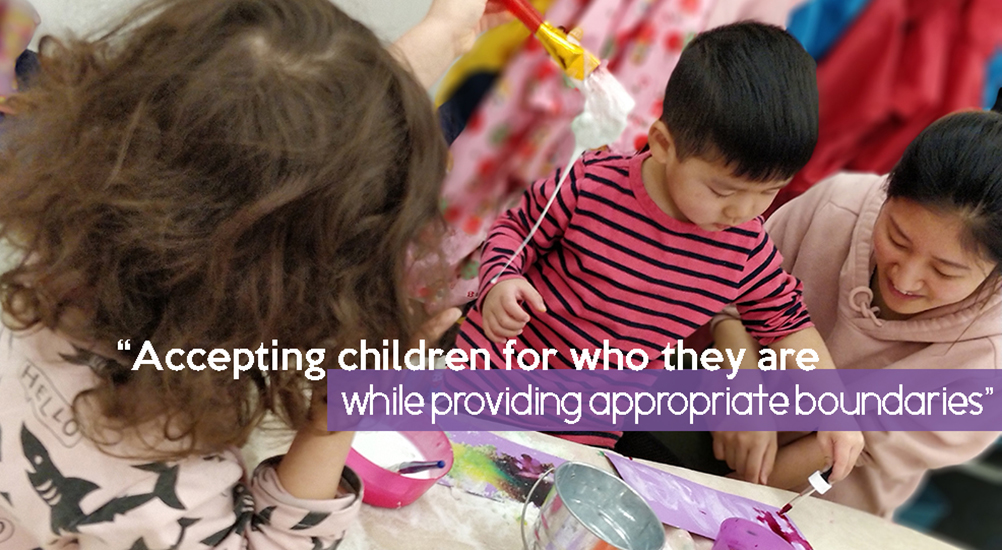Part 2: What does healthy attachment look like?
A healthy attachment means that the child looks to the adult for guidance and safety through trust. It’s so important to distinguish the true meaning of attachment from the misconceptions because guidance and discipline look different to different people. What looks like coddling to one person, to us it’s understanding children’s needs and personalities, so we can set appropriate boundaries and be the safe space for them to work through their feelings when things don’t work out the way they want. This helps them learn how to adapt and create resiliency.
Resistance is expected, as it’s actually a survival mechanism for children to question coercion by whom they are not attached. This is why when we are met with resistance, our initial response should be to re-engage the attachment, using whatever tools we can based on the knowledge we’ve gained from being in tune with that individual child’s personality and needs. On the contrary, negative interactions, punishment and isolation severely sabotage the attachment, resulting in more resistance, power struggles, and often deceit.
By nurturing children as they mature and accepting who they are as individuals no matter how they behave, we can confidently provide the appropriate boundaries they need so they can learn how to adapt to different environments and scenarios. Not tough love. Safe spaces.
If you missed part 1, click here.
- Sara Solomon (Program Manager)

